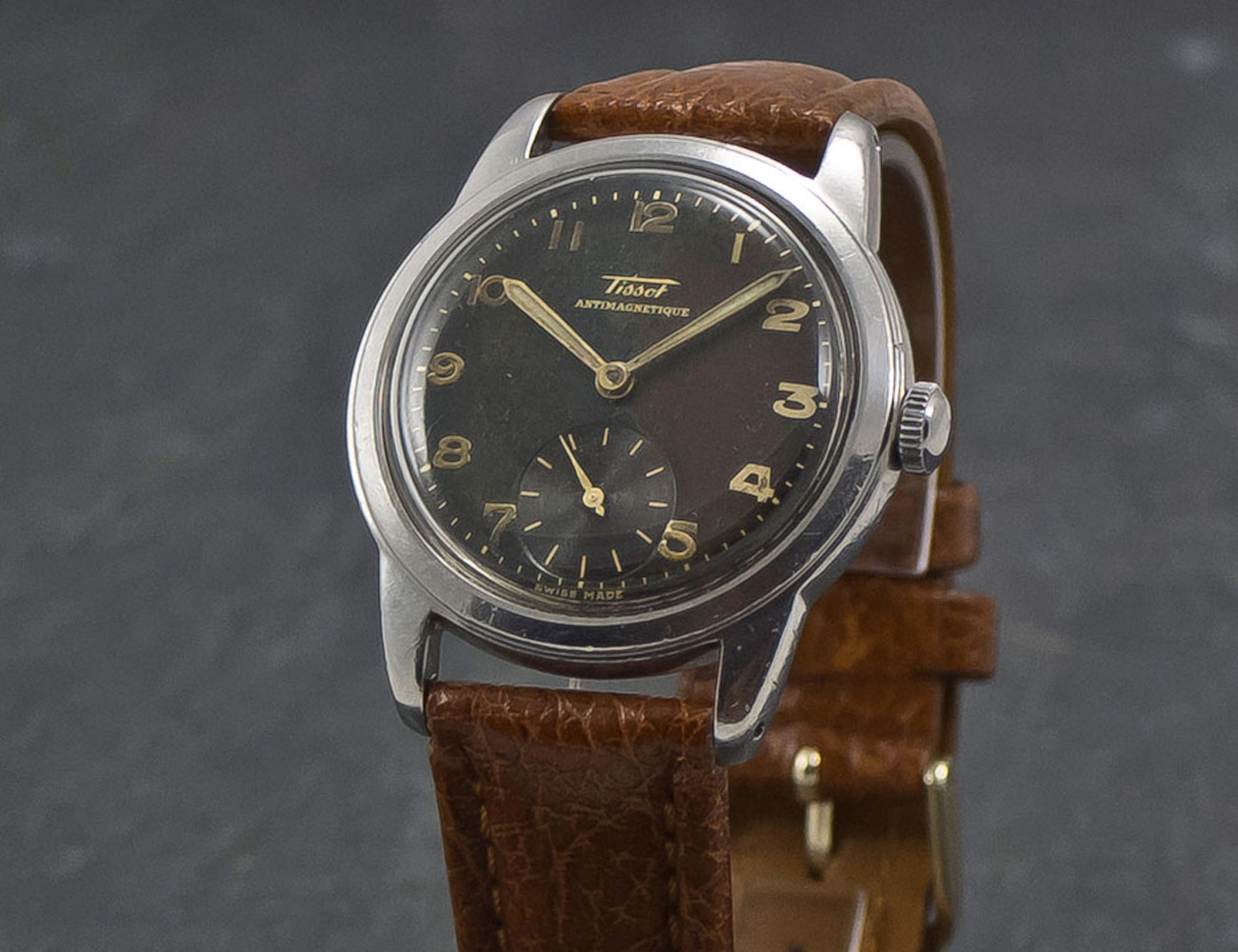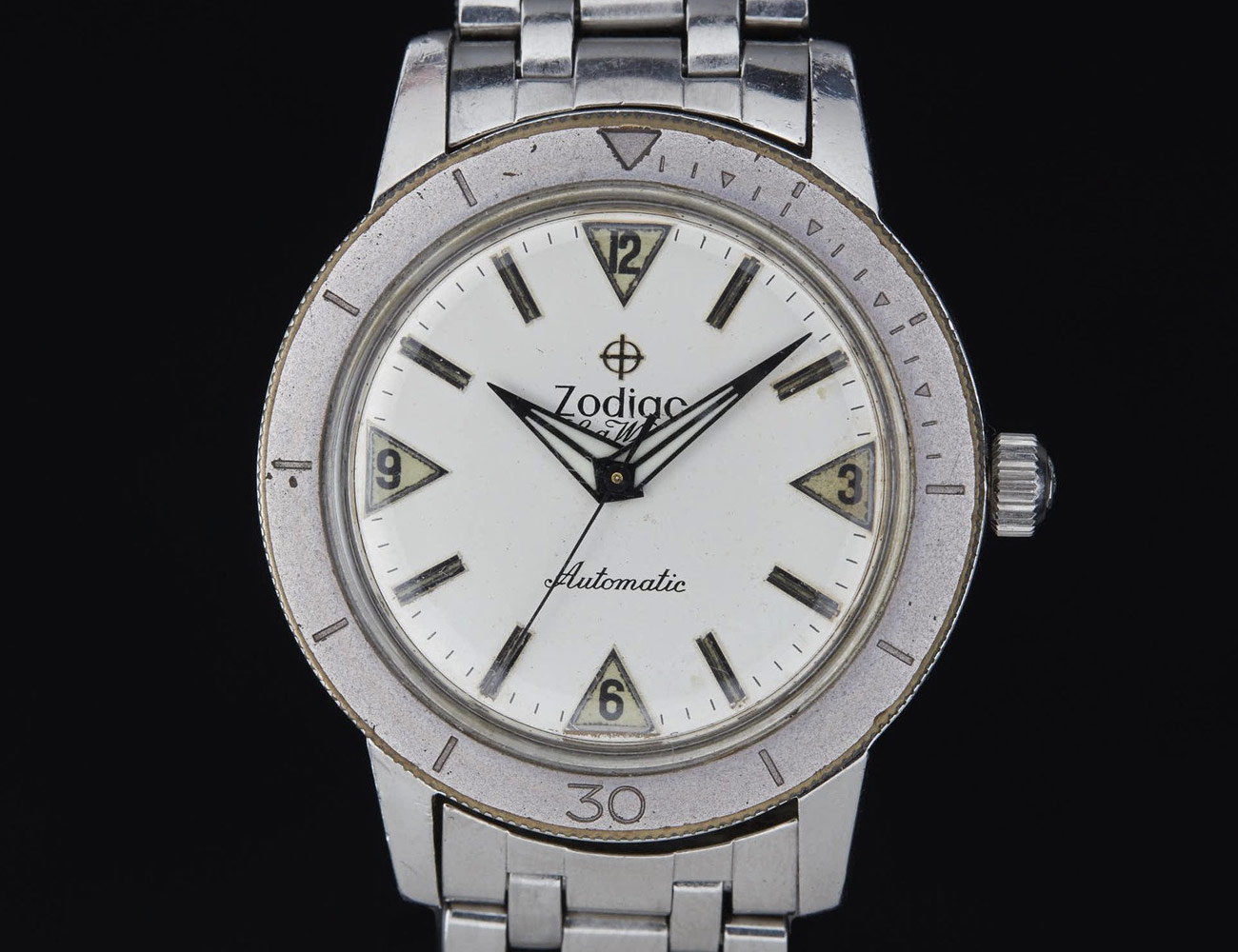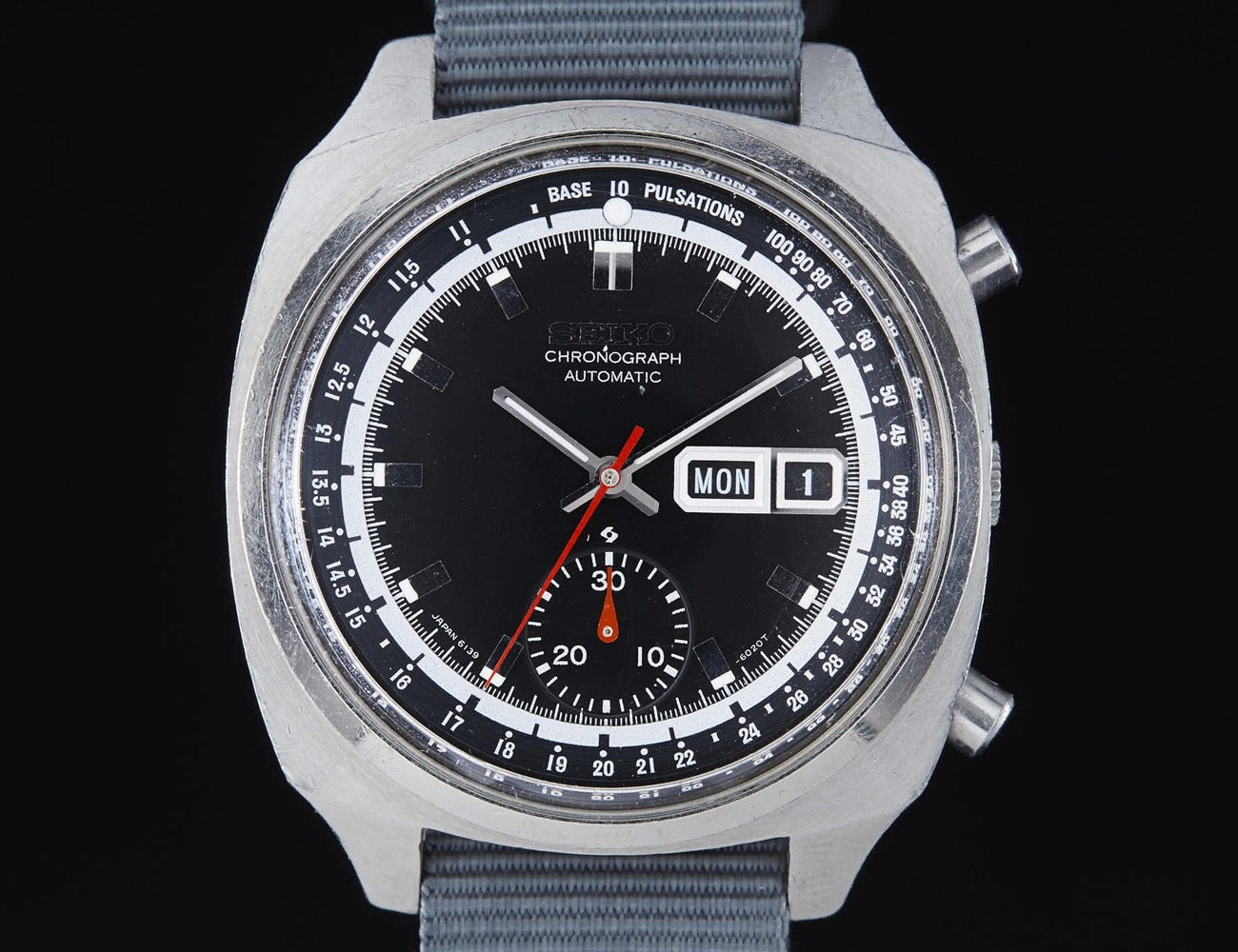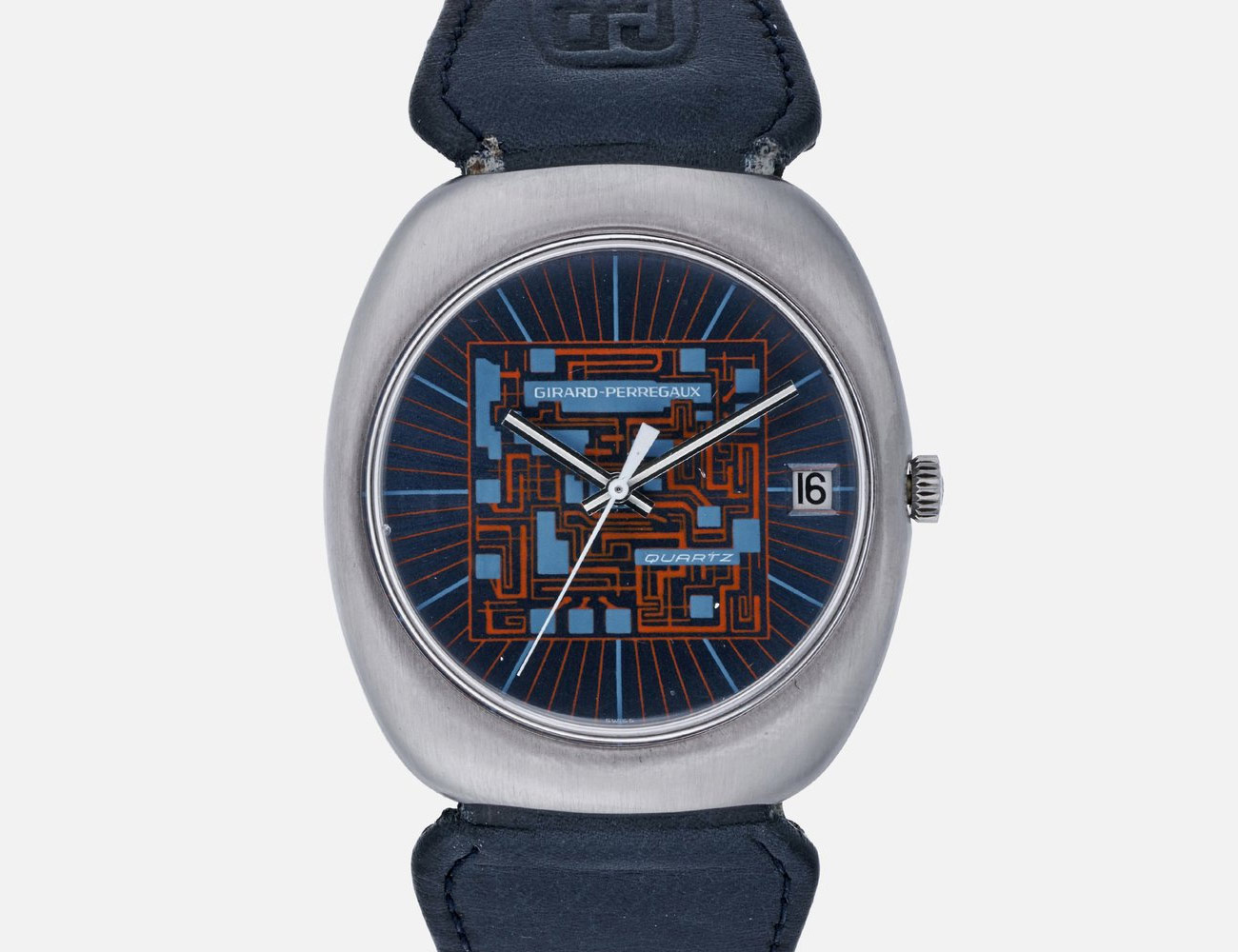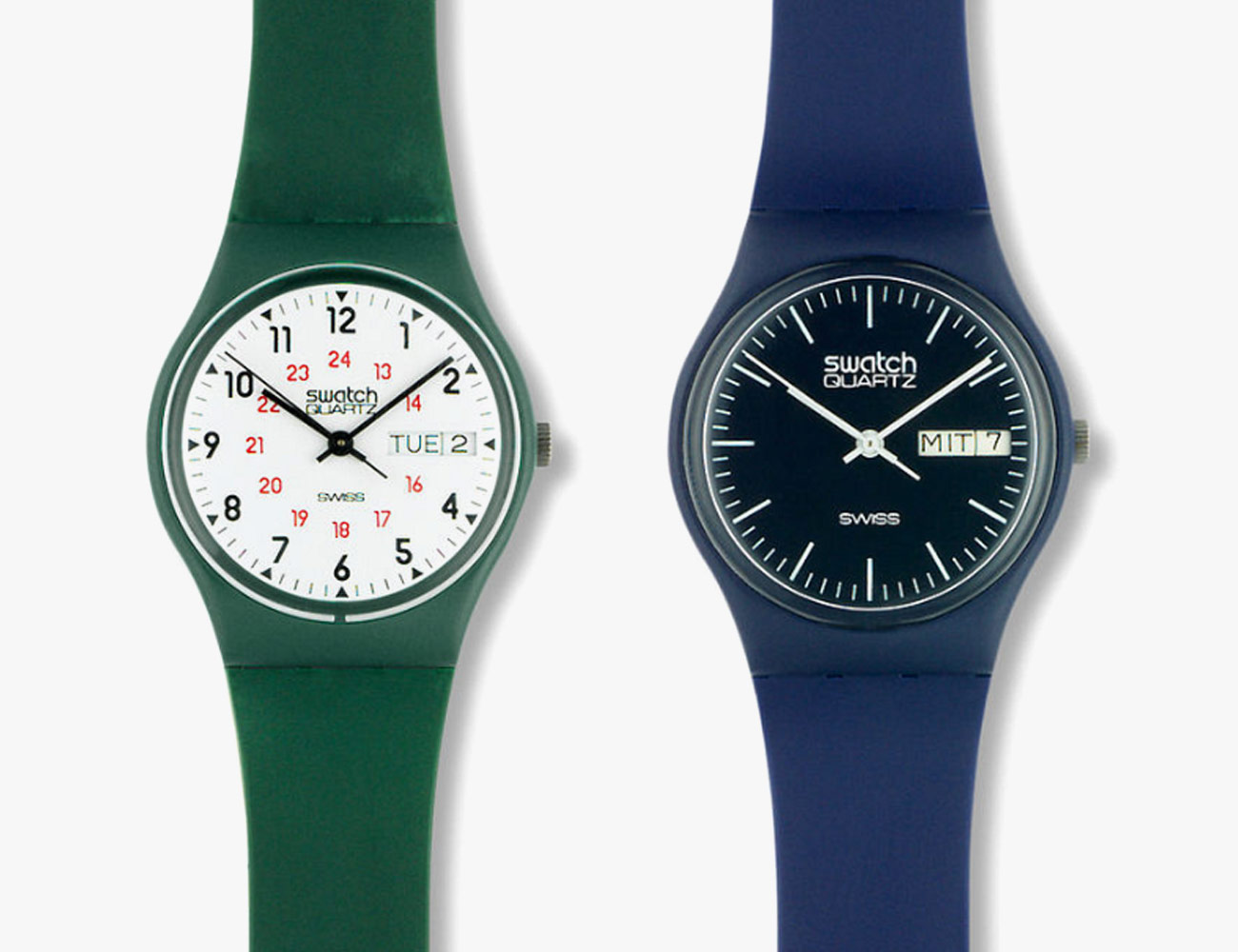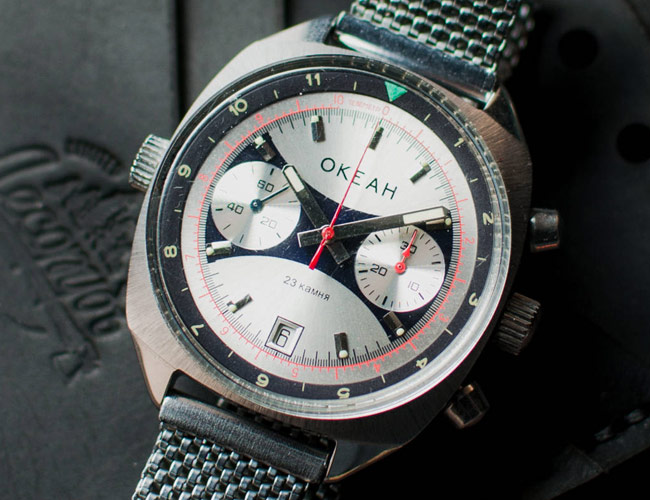Watchmaking history is filled with firsts and milestones, and you usually need to pay up for that. The Seiko Astron, the world’s first quartz watch? Expect to pay a few grand. As for the original El Primero, one of the first automatic chronographs? Well, those can go for over $10,000. The early Rolex Submariner, one of the first dive watches in the world? Try more than $100,000.
There are, however, a handful of watches that had big impacts on the industry, yet their achievements go ignored. Did you know that Girard Perregaux perfected the quartz watch and you can buy it today for a fraction of the Astron’s price? Or that the El Primero’s designation as the first automatic chronograph is not only contentious but that one of its rivals sells for a few hundred? To enthusiasts who want a piece of horological history, these unsung heroes offer up an affordable alternative, often selling for well under a grand.
Tissot Antimagnetique
The first anti-magnetic wristwatch: When a watch’s balance spring encounters a magnetic field, it has the potential to become magnetized, thus sticking to itself and making the watch run drastically quicker than normal. Today this is a problem most watchmakers have easily solved, but back in 1930, when Tissot introduced the Antimagnetique, it was significant. The Antimagnetique is considered the world’s first mass-produced wristwatch to offer some protection against magnetic fields, and it did so thanks to a nonferrous palladium escapement. The watch was produced in many variations until the 1950s, and as such, they can be found affordably on the vintage market, starting around $300.
Zodiac Sea Wolf
One of the first dive watches: In 1953, Rolex debuted the Submariner and Blancpain launched the Fifty Fathoms. Both would form the mold in which the modern dive watch would be made. But a third watch debuted that year as well: the Zodiac Sea Wolf. At 35mm in diameter, it was incredibly compact compared to its heavy-hitting rivals, but with a 100-meter depth rating, it could still match the Rolex and Blancpain regarding underwater performance (this would later be upgraded to 200 meters). This, in conjunction with its relatively affordable price at the time, made it a hit with U.S. soldiers; it was later adopted by the Navy SEALs. Sea Wolfs were made in relatively large numbers and can easily be found for roughly $1,000 today.
Seiko 6139
One of the first automatic chronographs: The Zenith El Primero, Heuer Caliber 11 and Seiko 6139 — all unveiled in 1969 — could all be considered the first automatic chronograph, depending on how you look at it. Zenith was the first to announce the achievement, and the Caliber 11 was the first to go on sale globally, but the 6139 was the first to be sold to the public, at least if you lived in Japan. The 6139’s achievement was mostly obscured by its Swiss rivals, but it had a quickset day/date function and a column-wheel, making it incredibly sophisticated, especially for its price. It was made until 1980 in tons of iterations so, it can be easily had for a few hundred bucks — a great price for any vintage chronograph, let alone one of the first automatics.
Girard-Perregaux Caliber 350/352
The blueprint for modern quartz watches: When Girard-Perregaux’s Caliber 150 came onto the scene in the early ’70s, watches were still a new technology, and early quartz timepieces like the Seiko Astron and Swiss Beta 21 were still relatively inaccurate with short battery lives. The Caliber 350 helped change that. When it launched, its quartz regulator operated at a frequency of 32,768Hz (the Beta 21, for reference, was only 8,192Hz). This made the watch accurate to within 0.164 seconds a day, significantly better than anything before, and it set the standard that most future quartz timepieces would follow. The original Caliber 350 fetches a bit of a premium (though can still be had under $2,000), but the offshoot Caliber 352 can be had well under a grand.
1983 Swatch
The watch that saved Switzerland: In the early ’80s, the Swiss watch industry was in a bad way. Its pricer mechanical and quartz watches were losing out in sales to the plethora of affordable, high-tech timepieces supplied by Japan. Enter the Swatch, which used an innovatively simple construction with only 51 parts (the case back, for example, doubled as the baseplate) and was produced autonomously. The Swatch’s draw was its simplicity and it quickly became a commercial hit, giving the Swiss watch industry a desperately-needed financial shot in the arm that allowed it to live on. Prices vary by model, with some original designs garnering a premium. But a few hundred bucks should get you a decent example of a 1983 model.
Watches produced in Russia during the 20th century are fascinating. They’re also cheap. Read the Story

